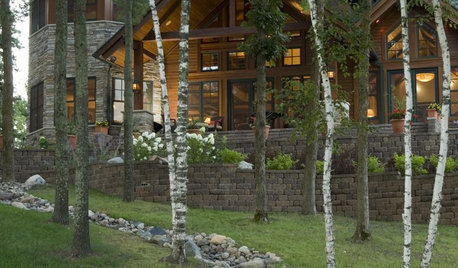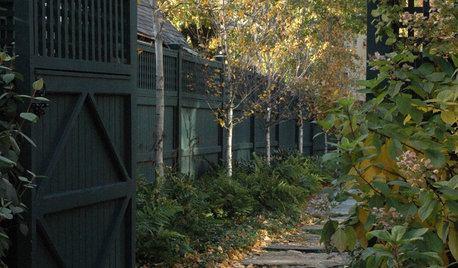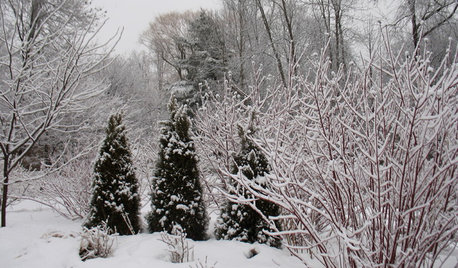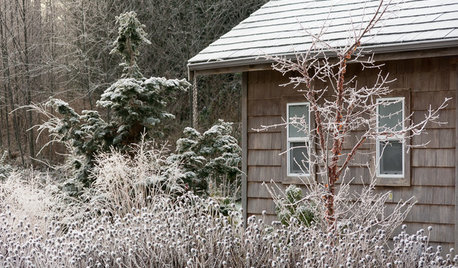Why the bark is splitting?
peter.jones
10 years ago
Related Stories

TREESGreat Design Plant: Coral Bark Japanese Maple, a Winter Standout
Go for garden gusto during the chilly season with the fiery red stems of this unusual Japanese maple
Full Story
TREESGreat Design Plant: Paper Birch
Slim and snowy, with paper-like bark, this tree gorgeously contrasts fall foliage and offers its own colorful contribution to the landscape
Full Story
GARDENING AND LANDSCAPING12 Great Fences and Gates
Add Texture and Structure to your Garden With Fences with Flair
Full Story
NORTHEAST GARDENINGNortheast Gardener's December Checklist
Wildlife and evergreens provide plenty of winter interest, but barer views offer their own benefits for gardens
Full Story
FIREPLACESUpdated Woodstoves Keep Home Fires Burning
Better technology means more efficiency than ever for modern woodstoves
Full Story
WINTER GARDENINGLook Beyond Plants for a Wonderful Winter Garden
Use sculptures, fences and other structures to draw the eye to a bare-bones landscape
Full Story
SIDE YARD IDEASNarrow Trees for Tight Garden Spaces
Boost interest in a side yard or another space-challenged area with the fragrance and color of these columnar trees
Full Story
EDIBLE GARDENSHow to Grow Your Own Luscious Cherries
Nope, they’re not the easiest fruit to grow. But with spectacular blossoms and pies as possibilities, cherries are sure worth a try
Full Story
STAIRWAYSHouzz Tour: Sleek Addition With a Standout Stairway
A traditional Australian 3-story urban terrace home gets an ultramodern addition in back. A circulation staircase links the floors
Full StoryMore Discussions











ken_adrian Adrian MI cold Z5
peter.jonesOriginal Author
Related Professionals
Norfolk Landscape Architects & Landscape Designers · 70037 Landscape Architects & Landscape Designers · Alexandria Landscape Contractors · Surprise Landscape Contractors · Matthews Landscape Contractors · Cary Landscape Contractors · Gallatin Landscape Contractors · Kahului Landscape Contractors · Lexington Landscape Contractors · Munster Landscape Contractors · Oak Forest Landscape Contractors · Painesville Landscape Contractors · Southbury Landscape Contractors · Wells Landscape Contractors · Wickliffe Landscape Contractorswhaas_5a
peter.jonesOriginal Author
jean001a
peter.jonesOriginal Author
ken_adrian Adrian MI cold Z5
mikebotann
peter.jonesOriginal Author
peter.jonesOriginal Author
mikebotann
ricky01
jean001a
mikebotann
Toronado3800 Zone 6 St Louis
ricky01
mikebotann
mrgpag SW OH Z5/6
peter.jonesOriginal Author
mrgpag SW OH Z5/6
arktrees